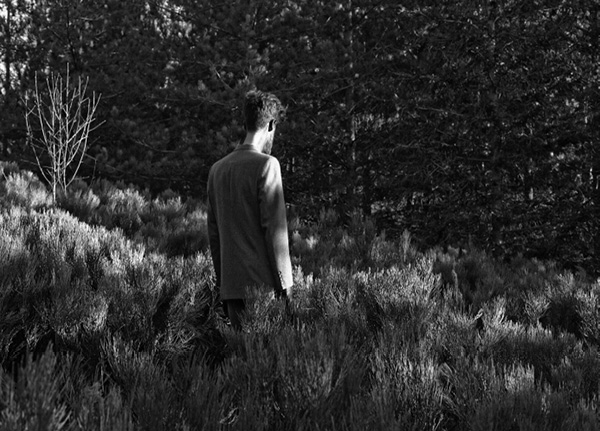
ALORS QU’UN CERTAIN NOMBRE DE CHOSE AVAIENT DISPARU
first performed on May 13, 2012
the valley at Sentier des Lauzes, St Melany, Ardeche, France
performed once in 2012
BASTIEN MIGNOT
Lyon, France
295183276t295183276h295183276e295183276l295183276o295183276n295183276g295183276m295183276a295183276n295183276@295183276y295183276m295183276a295183276i295183276l295183276.295183276c295183276o295183276m295183276 295183276w295183276h295183276e295183276n295183276v295183276a295183276r295183276i295183276o295183276u295183276s295183276t295183276h295183276i295183276n295183276g295183276s295183276h295183276a295183276d295183276s295183276e295183276t295183276@295183276t295183276u295183276m295183276b295183276l295183276r295183276.295183276c295183276o295183276m
ALORS QU’UN CERTAIN NOMBRE DE CHOSE AVAIENT DISPARU
BASTIEN MIGNOT
ALORS QU’UN CERTAIN NOMBRE DE CHOSES AVAIENT DISPARU (WHEN VARIOUS THINGS HAD SET)
In-situ (in landscape) performance. A man, naked or painted in black or wearing a grey suit, criss-crossing the land in a slow, slow walk, calling for ghosts to come.
“A limit tends to be nothing, an invisible edge, but must remain something in order to keep on limiting what it limits. Therefore a limit must be the least possible but still be enough in order to exist between the things which it must both distinguish from one another and leave almost alone together. Nothing is ever alone together, but a limit stages two things as if they were almost alone together: alone, because separated; together, because united by what limits but also relates them.” (Tristan Garcia, Forme et Objet)
One speaks of “scenes of childhood.” So one is in fact speaking of theater. And there is a link with childhood, isn’t there, well, in a geographical way, a topographical way. It is the topography of an fantasized valley, in pieces and pieced together again. “I instinctively pause. Not a pause for nostalgia, simply a pause for memory.” To pause together, in front of the landscape, side by side with ruins, traces, what some like to call heritage. How much memory in a stone that lies on a path? How many years, kilograms? The recollection, a fantasized memory of the feet that trod that path. Driving, cycling or sailing to Britanny, England, Ireland, to the Causses or to the valleys. Travels that are the archive of my relationship to landscape. A child playing with dead leaves, rushing down a snowy slope on a sledge or bathing naked in a pool.
O N G O I N G D R E A M
In the valley of childhood. A landscape full of faïsses, béalières, holly oaks and chestnut trees. And white quartz in the black schist in the rain. When the autumnal monsoon came, an old friend used to yell out of the window: “Rain is gold for the Cévennes.” Dream is therefore recurrent, it is the dream of a jump, a flight, of seven-league boots. To jump from the top a hill, into the void, bounce off treetops and fall forever. A dream of freedom. When one talks about landscapes, one immediately thinks of contemplation. Not as a concept but as a feeling, a condition. The first step of the work will be to not destroy this landscape condition so as to create within this contemplative power. In The Necessity for Ruins, and Other Topics, John Brinckerhoff Jackson explains how “theater”—meaning the scene of memory—is an emotional, aesthetic and moral reply to landscape. The work will be a way to explore these reverberations. It shall be about a physical and conceptual territory. The veins in the schist showing the North, the dry stone walls criss-crossing the hills and the spaces belonging to the mind and shaped by literature and light.